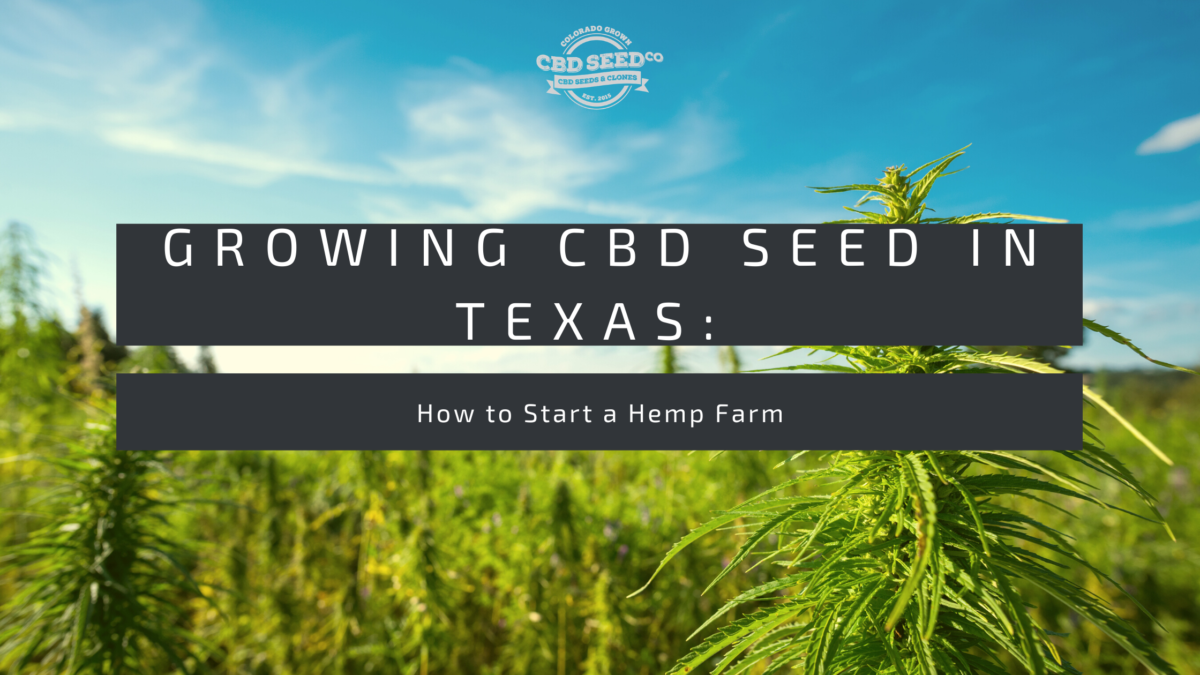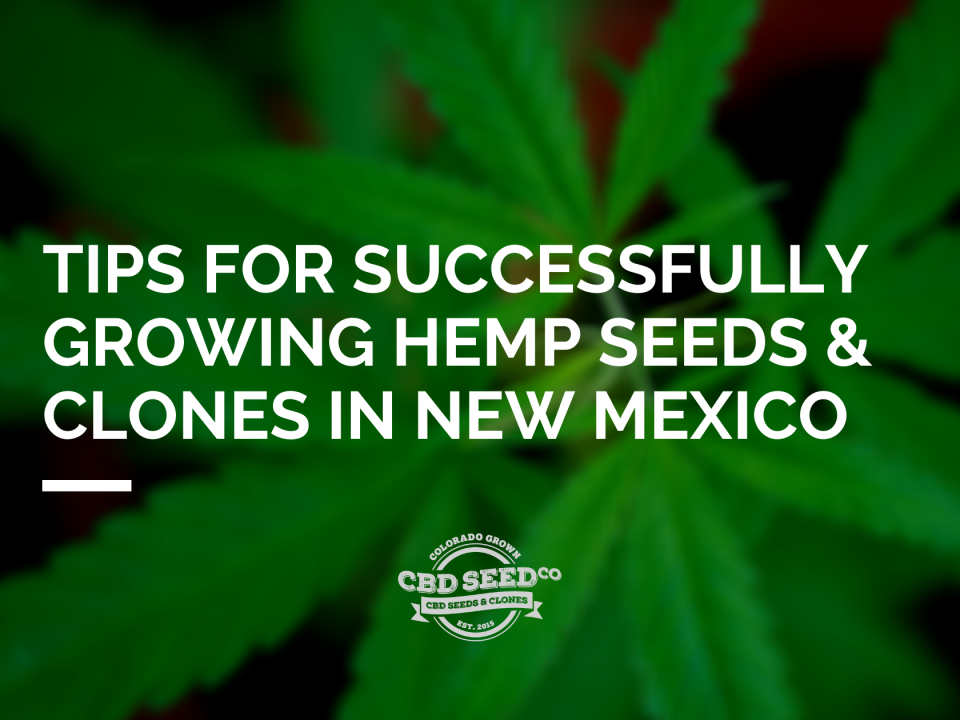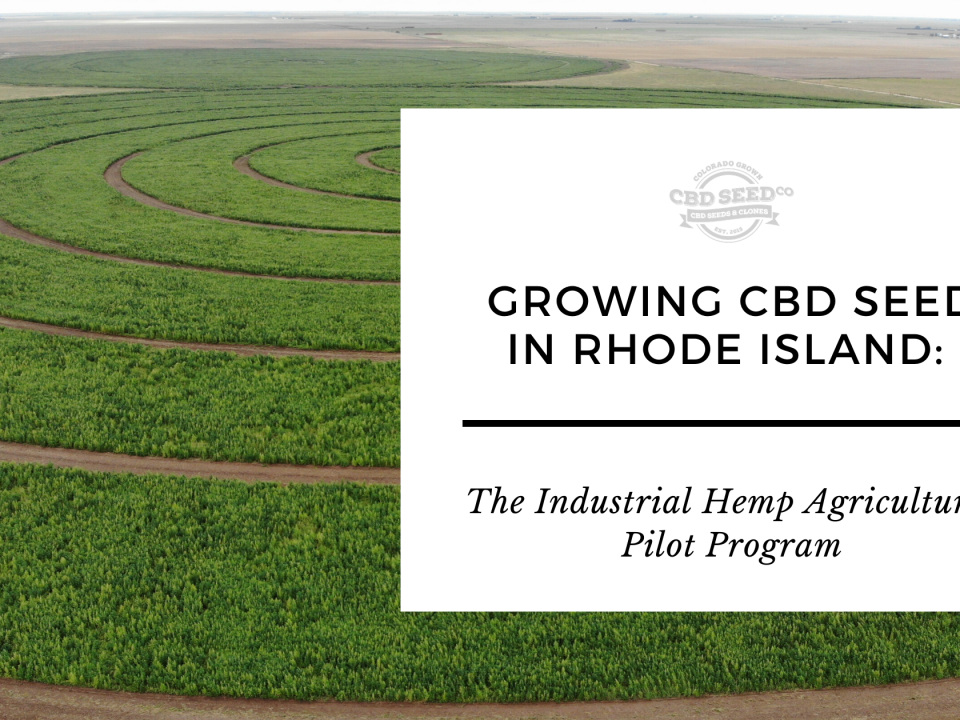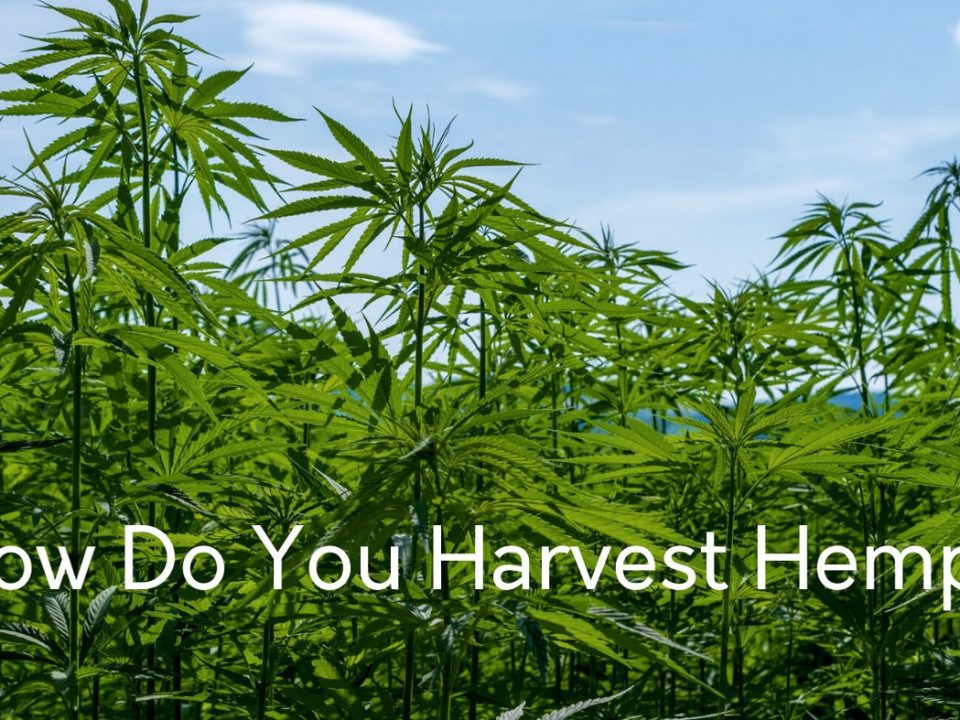Growing CBD Seed In Texas: How to Start a Hemp Farm

Growing CBD Seed In Colorado: 10 Reasons to Farm Hemp
February 8, 2021
Texas CBD Seed Growers Remain Optimistic About the Future
February 9, 2021Now that the 2018 Farm Bill has passed, hemp cultivation has been federally legalized. While the recent Farm Bill made hemp a federally legal commodity, states needed to either create their own hemp programs or adapt the one set forth by the USDA. Now that the Texas hemp program has been USDA-approved, farmers can join the lucrative industry. With reports forecasting that the industrial hemp market will be worth $26.6 billion in the US by 2025, this is an excellent time to consider hemp farming. For local farmers and entrepreneurs interested in joining this exciting new industry, you have considerable research and planning you’ll need to execute before getting started. While you may want to jump in head first, it’s wise to ensure that you have a comprehensive understanding of the local hemp market, both local and federal regulations, as well as the agricultural requirements of industrial hemp. As one of the few companies that have been commercially hemp farming for over five years, we have the experience of helping farmers all over the nation. Here’s our ultimate guide for how to start a hemp farm.
Steps for Starting a CBD Hemp Farm In Texas
- Do your research: Hemp is renowned for its comparatively low maintenance needs. However, cultivation requirements can be quite complicated. On top of that, the industry is highly regulated, unlike other cash crops. Farmers need to be patient and take the time to do their research regarding cultivation needs as well as both federal and local hemp regulations. There are many resources available at your disposal. Researching online, speaking to local hemp farmers, joining hemp associations, etc. are all great ways to find the information you need. Check out our Texas hemp farming page for all the available hemp farming associations that are locally and nationally based. These present great resources for learning about this new industry.
- Set your hemp farming goals: Before you get started, make sure you identify your end goal. Since hemp has so many various applications, you’ll need to set your finished product goals before planting your first seed. Farmers tend to be more interested in producing CBD due to its higher ROI. However, some farmers decide to farm industrial hemp for its various applications like building materials, textiles, paper, and more. Whatever you decide to do, make sure you finalize your decision in this second step.
- Start looking for your potential customers: You may have heard of stories from other farmers across the nation not being able to sell their hemp biomass after harvest. While missing links in the supply chain may be to blame for this unfortunate occurrence in the infancy of this industry, it’s best to be proactive. Farmers should ideally have their customers lined up before you harvest. Since hemp can’t be stored in silos like grain or corn, this step is crucial. There are many avenues for finding potential customers– make sure you find the right networking opportunities in order to do so. Identifying your customers early can also give you a competitive advantage. This can help determine what strains you need to cultivate. Customers may be looking for certain strains, products, etc. so you’ll be able to custom-tailor your crops to their needs.
- Create your hemp farm’s business plan: A good business plan is essential for any endeavor. This is an important step since it allows you to discover and troubleshoot potential problems while still in the planning stage versus while you’re already in full production. Some critical sections to include in your business plan are local hemp market overview, sales strategy, operating plan, SWOT analysis, farm’s organizational structure, as well as your financial plan. It’s best to keep your profit estimates modest, especially in your first few years. While some farmers have reported making up to $40,000 per acre on hemp, this is typically only achievable by highly experienced individuals. Keeping your estimates reasonable can help make sure that you at least break even during your first year. Your local hemp farmer’s association or finding an agronomist are both great resources if you need help crafting your business plan.
- Establish your testing and compliance plan: One of the significant challenges of this industry is staying compliant with all of the strict regulations enforced by both the USDA and the Texas Department of Agriculture. Hemp crops must stay below the 0.3% legal THC threshold or else they must be destroyed. Farmers are responsible for frequent testing and staying compliant. We always recommend testing your CBD hemp a month after your seeds germinate and testing every two weeks. It’s always a good idea to increase the testing frequency the closer you get to harvest. Make sure you find an accredited lab for accurate testing measures.
- Develop your hemp irrigation plan: While there are numerous irrigation systems in which hemp can thrive, you’ll want to take into consideration your budget as well as what’s ideal for your farm. Pivot irrigation, flood irrigation, and drip irrigation systems are all ideal for hemp, however, drip irrigation options like surface drip and subsurface drip offer the best water efficiency while minimizing your risk for molds. Make sure to account for these costs in your business plan.
- Apply for your hemp growing license: The Texas Department of Agriculture is responsible for licensing. You’ll need to apply for licensing via the TDA website through the online portal. Their website offers comprehensive, step-by-step instructions on how to do so. If you have additional questions about the paperwork you need to fill out for this process, you can always consult with other local farmers or hire an attorney familiar with the industrial hemp industry.
- Invest in the right hemp farming equipment and labor: Specialized hemp farming equipment is required. While some farming equipment can be repurposed, you’ll need to invest in the right options for long-term success. Hemp is a very labor-intensive crop– harvesting CBD flower can only be done by hand. This requires experienced workers. It’s also recommended to check your hemp crops daily for pests, disease, culling male plants, and proper field maintenance.
- Preparing your fields: Soil conditions are important for any crop. Make sure your soil has the adequate nutrients required by hemp to thrive. Since your soil conditions have many variables including regional environment, it’s recommended to have your soil tested for potassium sulfate, rock phosphate, and elemental sulfur. Hemp also requires well-drained soil before planting– make sure you prepare your fields accordingly.
- Purchase your CBD seed: The final step of starting your hemp farm is finding the right CBD seed. You may need clones or seedlings if you’re getting started a little later into the growing season. It’s important to consider the potential need for greenhouses if you’re germinating your own seed. Make sure to find a seed company that’s well established in the space. This ensures that they’ve spent time in research and development for their genetics, breeding them for this specific purpose. It’s best to invest more upfront for high-producing, feminized CBD seed. Traditional hemp seed will have around 50% males which can pollinate your females and drastically impact your overall yield. It’s also wise to find compatible hemp strains for the varying climate regions found here. Hemp strains have different cultivation needs as well, making it important to speak to your seed provider about this.
Work With Texas’ Trusted CBD Seed Company
CBD Seed Co. is honored to be the trusted CBD seed company serving the state of Texas. We’ve helped countless new farmers across the nation with their hemp farm startups. As you enter your first official year of legal commercial hemp cultivation, our well-established team is here to help. For more information regarding how to start a hemp farm, please contact us!





